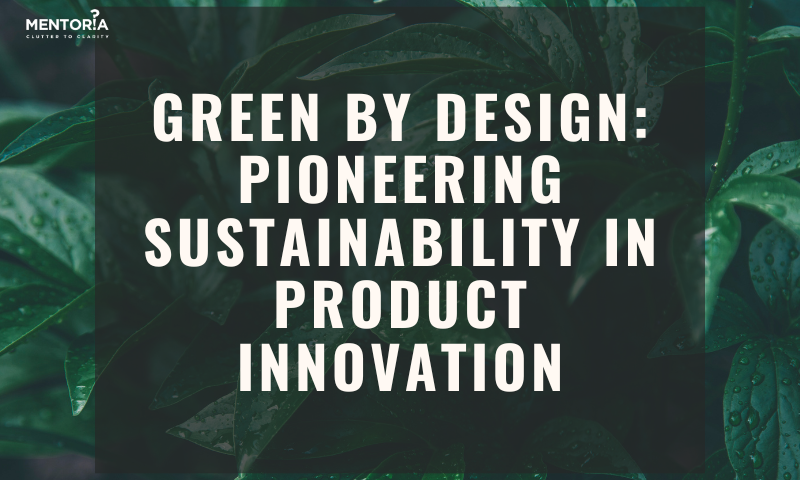Textile waste has long been a significant issue for our environment, with billions of pounds of textiles ending up in landfills each year. With increasing awareness and the need for sustainable practices, textile recycling has emerged as an effective solution to tackle this global challenge. This article will explore everything you need to know about textile recycling, from its importance to the various methods and innovations in the field.
The Importance of Textile Recycling
Textile recycling plays a crucial role in reducing waste, conserving resources, and mitigating the negative impacts on our environment. By diverting textile waste from landfills, recycling helps to conserve valuable space and reduce the release of harmful greenhouse gases. Furthermore, it supports sustainable fashion initiatives and promotes a circular economy. Organizations like https://www.wolfwinner.online/en emphasize the importance of adopting sustainable practices to secure a greener future for the planet.
Types of Textile Waste
Textile waste is generated at various stages of the production process and throughout the lifecycle of a product. It can be categorized into pre-consumer and post-consumer waste. Pre-consumer waste originates from the manufacturing and production process, while post-consumer waste consists of discarded clothing and textiles by consumers. Understanding the different types of textile waste is essential in determining the appropriate recycling methods.
Methods of Textile Recycling
There are several methods of textile recycling, including mechanical and chemical recycling. Mechanical recycling involves the physical processing of textiles, such as shredding, tearing, or grinding, to create new raw materials. In contrast, chemical recycling involves breaking down the polymers in textiles into their basic components, which can be used to produce new fibers. Each method has its advantages and limitations, with varying degrees of suitability depending on the type of textile waste.
Innovations in Textile Recycling
Recent years have seen significant advancements in textile recycling technologies, such as the development of innovative materials and recycling processes. One such example is the growing popularity of slots online, a new textile recycling technology that allows for the efficient separation of mixed materials. This process enables the recycling of previously challenging textile waste, further contributing to the reduction of waste and promotion of sustainability.
Creating a Circular Economy in the Fashion Industry
Textile recycling plays a pivotal role in the transition towards a circular economy in the fashion industry, where resources are used and reused in a closed loop. The circular economy aims to minimize waste and maximize the value of resources throughout their lifecycle. By incorporating recycled materials into their products, companies can reduce their environmental impact, promote sustainability, and embrace the principles of a circular economy.
Challenges and Barriers to Textile Recycling
Despite the numerous benefits of textile recycling, the industry still faces several challenges, such as a lack of awareness, inadequate infrastructure, and limited markets for recycled products. Addressing these challenges requires collaboration among governments, businesses, and consumers to create a supportive ecosystem for textile recycling.
The Role of Consumers in Textile Recycling
As consumers, we can play a vital role in supporting textile recycling by making responsible choices and actively participating in recycling programs. This includes purchasing sustainable and ethically made products, repairing and repurposing garments, and properly disposing of unwanted textiles to ensure they are recycled.
Conclusion
Textile recycling is a crucial component of the global effort to reduce waste, conserve resources, and create a sustainable future. By understanding the importance of textile recycling and the various methods and innovations in the field, we can contribute to the development of a circular economy in the fashion industry and make a tangible difference in the fight against textile waste.





